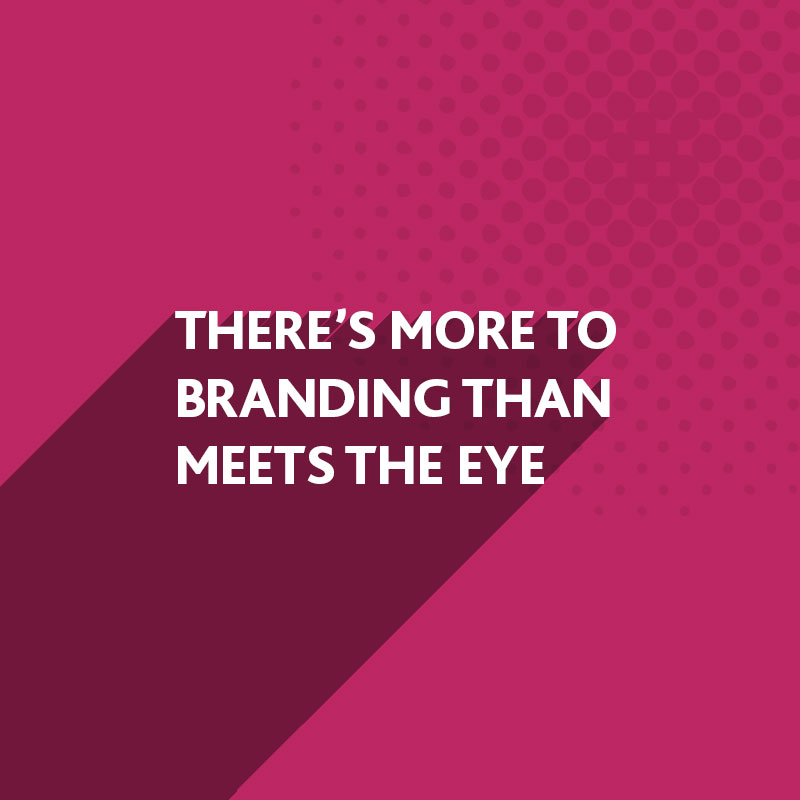
In its most simplistic definition, branding is your visible identity to the outside world. So ask yourself this – is there more to your brand? Is your brand saying what it should about you or your business?
The way in which you package your brand publicly defines your identity, and it may or may not have the capabilities to elevate you above the fray. That’s where strategic marketing comes into play.
Branding goes beyond just aggressively pushing your products and/or services. It’s essential to consider your competition – what they are doing and how are they doing it?– and also to have a solid knowledge base of what barriers and challenges your brand may stumble upon along the way. These types of barriers are also known as market conditions, and they may complicate the road to success.
After all, it’s referred to as “brand packaging” for a reason. You have to package up a consistent message, define your target audience, and focus on realistic goals. This requires an in-depth market analysis to better understand both your audience and your position in the marketplace. If your brand is inconsistent and unclear, without a doubt it will show through in your products and services. It doesn’t take long for consumers to pick up on those things. Even tougher than building a brand from the ground up is being well-known and trying to recover from a brand disaster or a big marketing mistake. Just look at Ratner’s debacle!
Some of the biggest and best brands around the world include Apple, Nike and Coca-Cola. What do all of them have in common? Everyone knows and recognises them instantly. No tag line needed; no guerilla marketing, either. In fact, have you seen those t-shirts that have a city or a baseball team or some short phrase written out in the Coca-Cola font? Even if it says “a generic strapline”, anyone in the general public—regardless of the demographic—can recognise that it’s the Coca-Cola typeface. These three brands all speak for themselves just by reputation and global visibility.
While it takes years – and big money – to create a platform and a name like Nike or Apple, it is certainly feasible to develop a strong, well-recognised brand in a very saturated market. Similar to a house or building, it all goes back to building with a strong foundation and maintaining the upkeep of it. However, unlike a home or an antique, a brand can suffer hits to its reputation and require special attention.
If there is one thing to take away from this blog post about branding, consider the fact that our clogged brains have condensed our attention spans and our ability to retain information. Just remember these words of advice: make your brand stand out and profoundly grab your clients’ attention…and do it fast!
